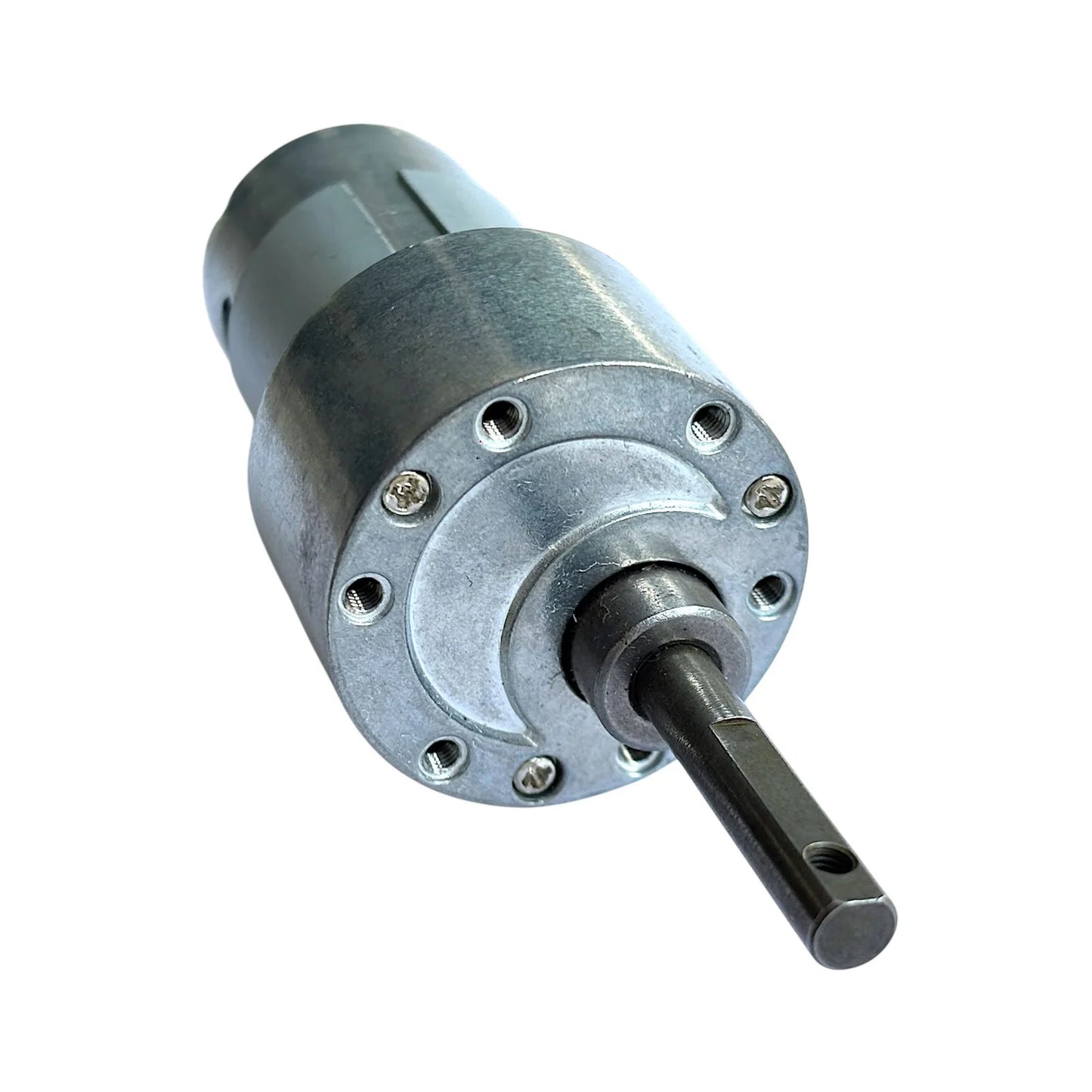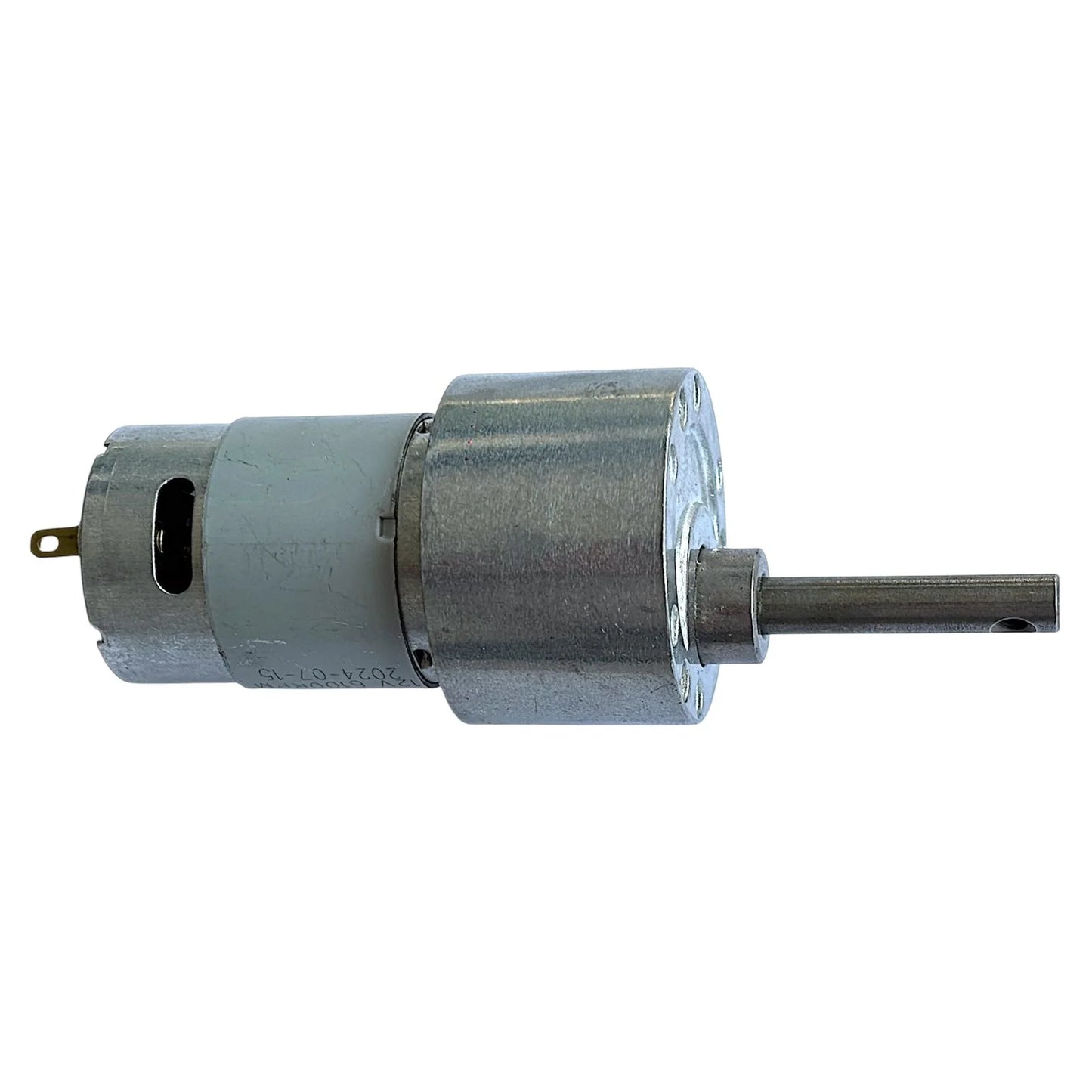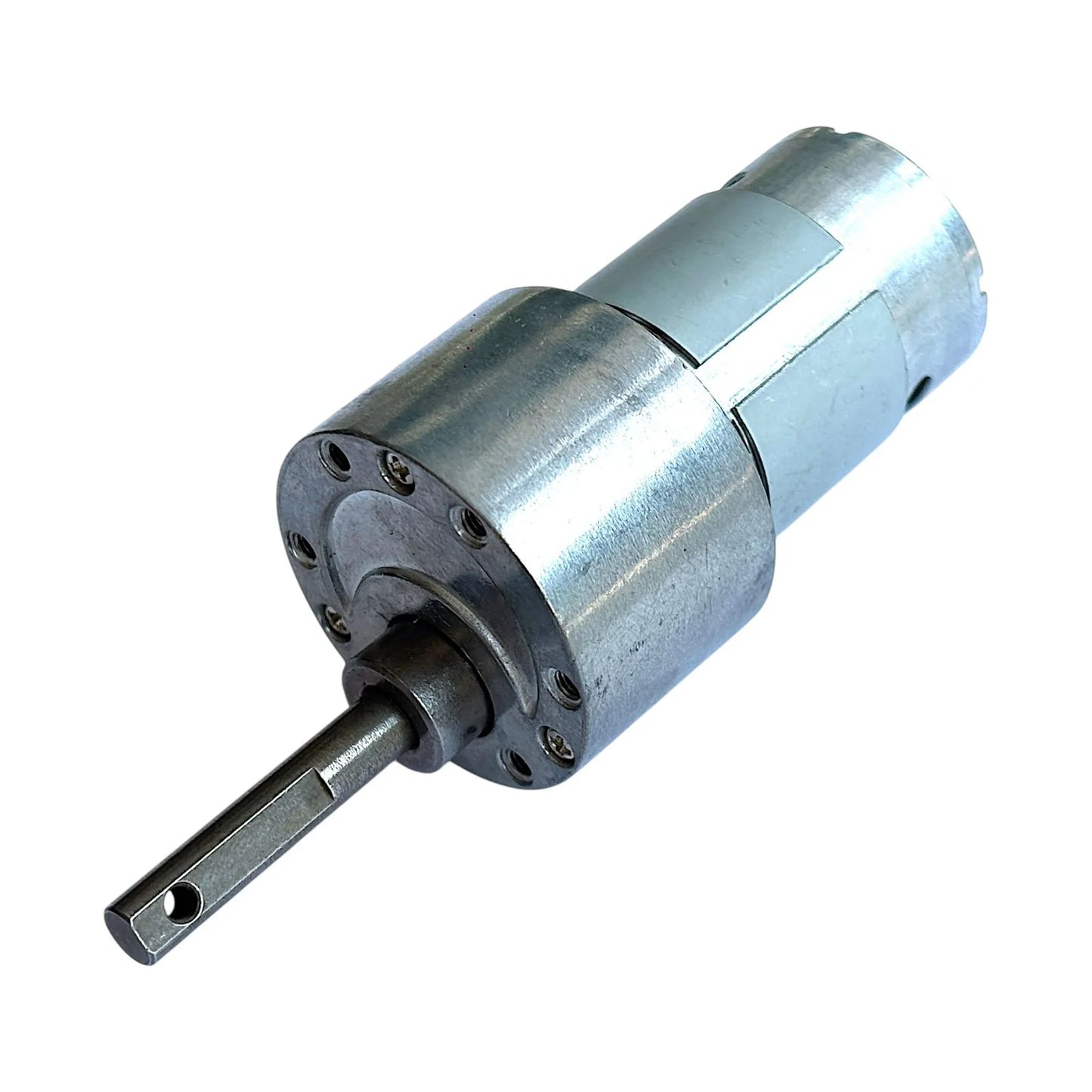1
/
of
3
Harish Projects
200 RPM Johnson Geared DC Motor 12V | Metal Geared Motor
200 RPM Johnson Geared DC Motor 12V | Metal Geared Motor
Regular price
Rs. 420.00
Regular price
Rs. 480.00
Sale price
Rs. 420.00
Unit price
/
per
Taxes included.
Shipping calculated at checkout.
Couldn't load pickup availability
1 review
Share
Specification
- Voltage Rating: 12V DC
- No-Load Speed: 200 RPM at 12V
Description
Boost your project's power with the 200 RPM Johnson Geared DC Motor 12V. This metal geared motor delivers efficient performance at a manageable 12V, making it perfect for a wide range of applications. With a 200 RPM speed, this motor provides reliable and precise power for your project.



G
Gunjan Chaudhary .



